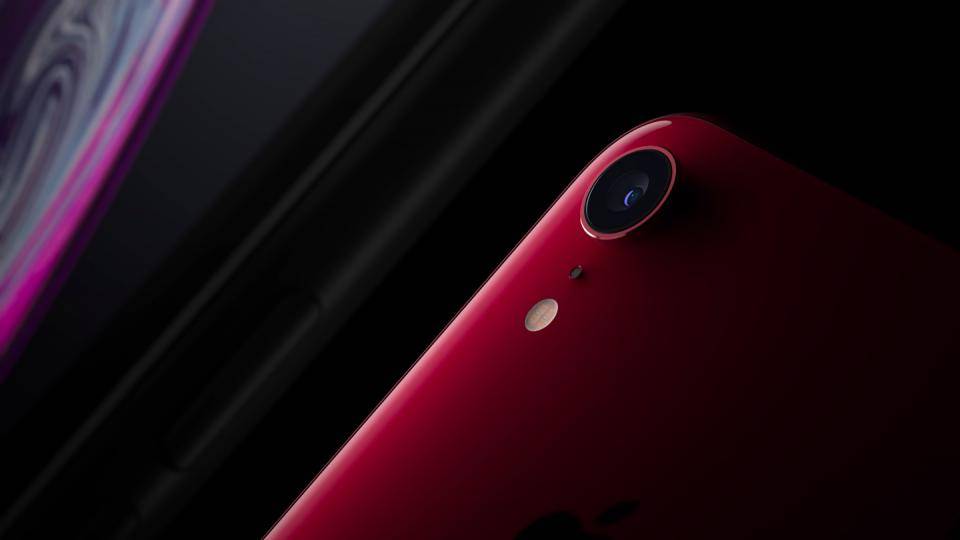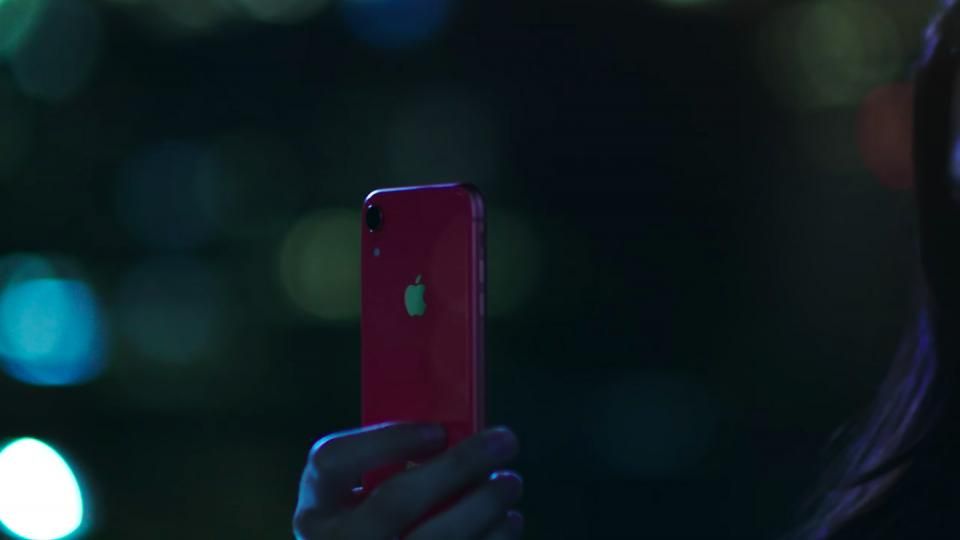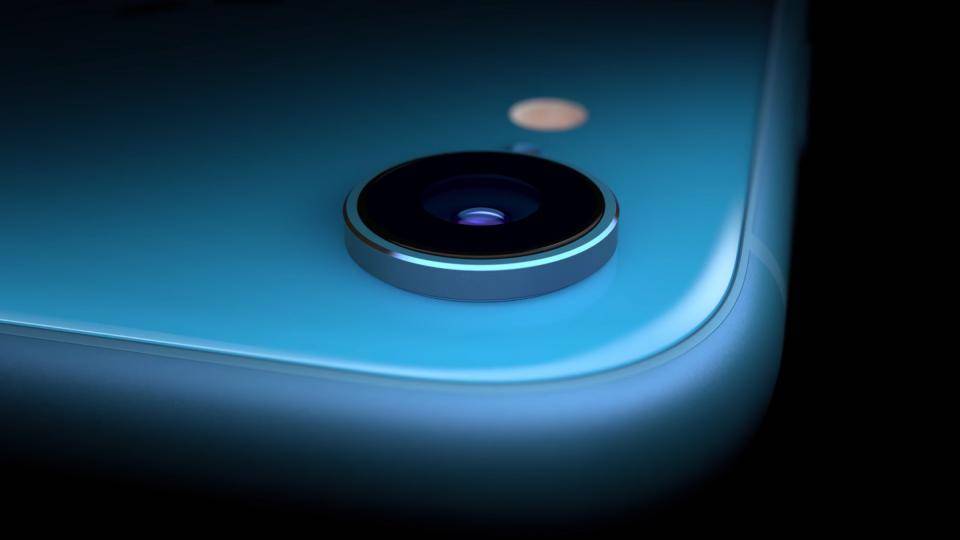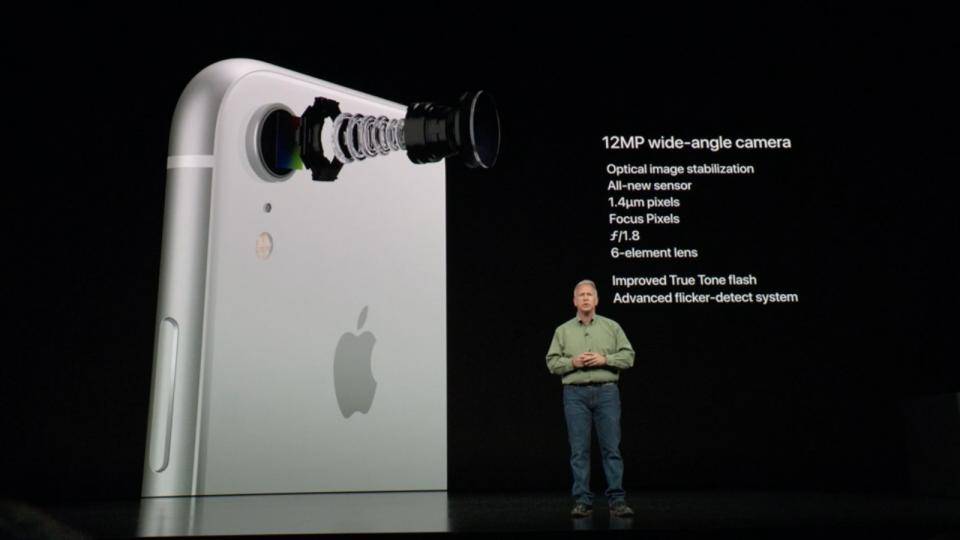Apple really knows how to do a budget phone. If by budget phone you mean a state-of-the-art, AR-equipped, north-of-£700 handset. This year is no exception; the iPhone XR debuted with aplomb on 12 September, boasting a revolutionary new single camera setup, an A12 Bionic processor, a larger display, a longer battery life and no less than six colour options.
READ NEXT: Apple iPhone XR: The cheapest of Apple’s THREE new iPhones
Meanwhile, September 2017 saw the introduction of the iPhone 8 ; the “budget” alternative to the resplendent – and quadruple-figured – iPhone X . Pitted against last year’s iPhone, how does the iPhone XR fare? We explored the handsets side-by-side, to bring you the answer.

iPhone XR vs iPhone 8: Design
Both these handsets consist of the classic smartphone bread and butter; they’re sleek sandwiches of metal and glass.
However, the similarities ostensibly end there, with considerably less side bezels on the iPhone XR. The iPhone 8 exhibits a large bezel both above and below its display. The iPhone XR also sports a notch in its screen – something that the iPhone 8 does not.
READ NEXT: iPhone 8 review: A worthy upgrade from the iPhone 7?
Here, I guess the winner is determined by personal preference for aesthetic. Yes, the iPhone 8 looks more dated than its successor, but its classic, pared-down design is sure to retain its appeal to many.
Reflecting the phones’ physical disparities are their respective dimensions; the iPhone XR measures 150.9 x 75.7 x 8.3mm and weighs 194g. Meanwhile, the iPhone 8 measures up at a slightly smaller 138.4 x 67.3 x 7.3mm footprint and weighs in at 148g. If you’re looking to keep baggage on your person as light as possible, the difference in weight between the two handsets is far from negligible. A small but important difference to consider for some.

Perhaps the most obvious difference between the iPhone XR and the iPhone 8 is the choice of colours. The iPhone XR is available in six different finishes, including blue, red and yellow, among others. On the other hand, the iPhone 8 comes in more pared-down finishes, such as space grey, silver, gold and red – the latter of which isn’t readily available any more.
If you want primary colours to match your premium product, the iPhone XR is the way to go. However, those who favour a more understated aesthetic needn’t rule out the iPhone XR as an option; Apple’s latest entry-level handset comes in every aesthete’s favourite colour, black.
iPhone XR vs iPhone 8: Specs
The biggest discrepancy in specs pertains to the handsets’ displays, with the iPhone XR boasting a much bigger screen. Numerically, this difference comes across as a big difference: 6.1in on the iPhone XR compared with 4.7in its predecessor, the iPhone 8. That being said, both screens are LCD. That’s fine, although they’re lagging behind the iPhone XS, which is fitted with an OLED display.

So what’s powering these adequately-screened devices? The iPhone XR benefits from Apple’s latest chip, the A12 Bionic processor. As for the iPhone 11, it lags behind a tad, equipped as it is with Apple’s A11 Bionic chip. This, of course, means that the former handset is faster and more powerful; its A12 Bionic chip has a 50% faster GPU and a more advanced neural engine. It’s plain to see: The iPhone XR edges ahead chipset-wise (although that’s to be expected, given its newness).
iPhone XR vs iPhone 8: Features
Cameras are nearly always fruitful on the features front, and the iPhone XR and iPhone 8 are no exception. In many regards, the handsets are neck and neck, both of them equipped with the same 12-megapixel single-camera arrangement with optical image stabilisation.

The iPhone XR does have some significant updates on its predecessor when you dig a little deeper. For example, you can blur the background on your snaps with the XR after capturing the image. It also offers more accurate True Tone flash, as well as boasting a better front-facing camera, for those all-important Instagram vanity shots.
Another key feature of the iPhone XR is the potential for a longer battery life; Apple claims it lasts for up to 90 minutes longer than the iPhone 8 Plus. Considering the iPhone 8 Plus lasted almost 14 hours on a single charge during our in-house video playback test, we expect the iPhone XR’s lifespan to be most impressive.
iPhone XR vs iPhone 8: Price
This was always going to be a biggie, particularly given the much sniggered about “budget” status of both handsets. Predictably, the iPhone 8 has received quite the knock down price-wise, setting buyers back just £599 for a 64GB model. Prices for the iPhone 8 rise to £749 if you choose more storage, which is incidentally the same price as the entry-level iPhone XR.
For the 64GB iPhone XR, you’re looking at £749, rising to £799 for the 128GB counterpart and a cool £899 for the 256GB model.
iPhone XR vs iPhone 8: Verdict
It’s plain to see – the iPhone XR marks a sizeable upgrade to the iPhone 8 in more than a few categories. From its A12 Bionic chip to its larger screen and longer-lasting battery life, the iPhone XR is the better phone. Although, that is to be expected.
But perhaps you like the old-school (relatively speaking) aesthetic of the iPhone 8? Perhaps your idea of an entry-level phone doesn’t involve forking out the best part of a grand? The excellent additions and upgrades to the iPhone XR don’t invalidate the iPhone 8’s quality status. It remains a solid, if marginally dated, iPhone – now at a very palatable knock down price.
